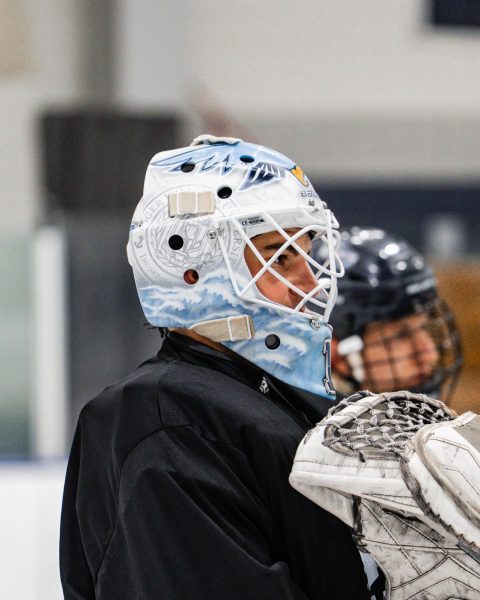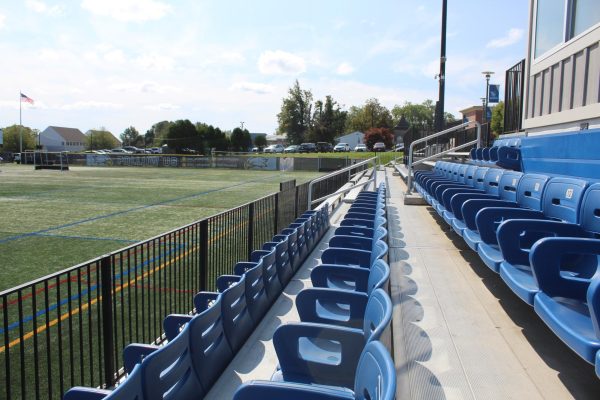Just do it… buy another pair of shoes
Bigger. Faster. Stronger. Those three words are commonplace when talking about the athletes of 2019. But what about the shoes they wear? It seems increasingly common that athletes are complaining about the quality of their footwear and how they don’t seem to last as long. So is it really that athletes are bigger, faster and stronger, or is it that companies who produce these products have fallen behind — perhaps on purpose?
The Nike-produced PG3s, one of the most popular pairs of signature shoes on the basketball court currently, are no stranger to complications.
“I got the shoes last April. They started to go bad in July, they started to break down a little bit,” said sophomore men’s basketball player Will Pineo.
“The side of the shoe started to rip off. The air bubble popped in the right shoe too, which was pretty annoying because I could feel it,” Pineo said, after paying $110 for the shoes. “I think it’s a decent shoe for the price you pay, but it’s definitely not a shoe I would want to play in forever. The quality could’ve been a little better.”
As a result, Pineo had to buy a new pair of basketball shoes. This time, he turned to the Nike Zoom KD 12s. Pineo purchased the shoes in August. Within the first weeks of regular season practice in October, he found an issue.
“There is a tiny rip in the top of the shoe,” Pineo said. Despite this, he still continues to wear the shoes.
Shoes are emphasized in a sport like basketball but the trend has also been noticed in other sports, where the shoe game is not as prominent.
“The shoes I had were Adidas Ultraboosts,” junior sprinter on the track team Micayla Kelley said.
“I got those shoes in September of 2018,” Kelley said. “I started noticing problems during my preseason, so that would be January and February.”
Kelley pointed to design problems with the shoes which affected her performance.
“I got them because they were good for running but as a sprinter, I found that they were not good for sprinting because they were so cushioned,” Kelley said. “The sole was making it so that my ankles would sort of roll to the side and I would get off balance when I was running.”






